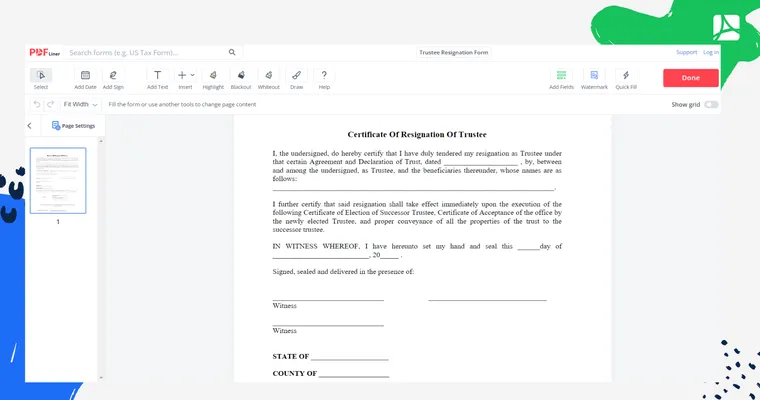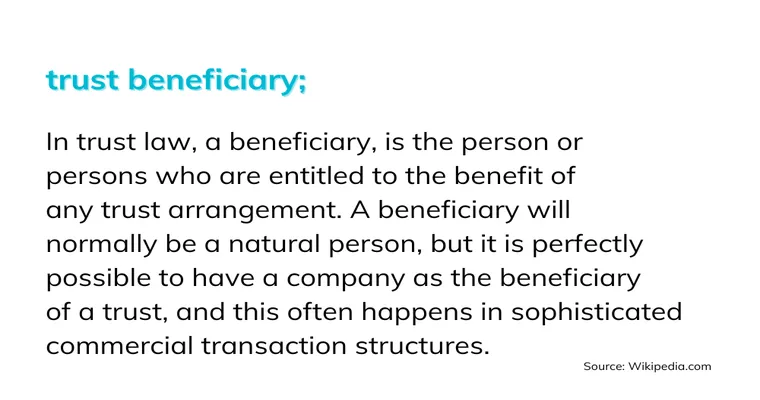Deciding to "resign as a trustee" can be a complex and emotional choice. Whether you are feeling overwhelmed by responsibilities, facing personal challenges, or simply wishing to step down due to changing circumstances, understanding the process is crucial. In this article, we will guide you through the steps involved in resigning, the implications of your decision, and how to ensure a smooth transition for both you and the trust beneficiaries.
Understanding Your Role
Before initiating your resignation, it's essential to reflect on the significance of your role as a trustee. Trustees are responsible for managing trust assets, ensuring compliance with legal obligations, and acting in the best interests of the beneficiaries. If you find yourself unable to fulfill these duties, it may be time to consider stepping down.
Review the Trust Document
The first step in the resignation process is to review the "trust document". This legal document outlines the terms and conditions related to the trust, including the procedures for resignation. Look for any specific clauses that detail how a trustee can resign, what notice period is required, and whether you need to appoint a successor trustee.
Notify Beneficiaries
Once you have a clear understanding of the trust document, the next step is to "notify the beneficiaries" of your intention to resign. Open communication is vital, as it helps maintain trust and transparency. Inform the beneficiaries of your decision, the reasons behind it, and how you plan to ensure a seamless transition.
Follow Legal Procedures
Resigning as a trustee often involves fulfilling certain "legal procedures". Depending on your jurisdiction, you may need to file a resignation letter with the court or provide formal notification to the beneficiaries and other interested parties. Ensure that all documentation is completed accurately to avoid potential legal complications.
Appoint a Successor Trustee
If the trust document requires you to appoint a "successor trustee", take the time to select someone who is reliable and capable of managing the trust effectively. This could be another family member, a close friend, or a professional trustee. Make sure to discuss the responsibilities with the successor and provide any necessary training or information to facilitate a smooth handover.
Document the Resignation
To protect yourself and the trust, it is advisable to formally document your resignation. This document should include your reason for resigning, the date of resignation, and the details of the successor trustee if applicable. Keep copies of all correspondence and documentation related to your resignation for your records.
Consider Legal Advice
If you are uncertain about any aspect of the resignation process, seeking "legal advice" can be beneficial. An attorney specializing in trust and estate law can provide insights tailored to your situation, ensuring that you fulfill all legal obligations and protect your interests as you step down.
Conclusion
Resigning as a trustee is a significant decision that should not be taken lightly. By understanding your responsibilities, reviewing the trust document, notifying beneficiaries, and following legal procedures, you can ensure a smooth and respectful transition. Whether due to personal reasons or a desire for someone else to take over, taking the right steps can help maintain the integrity of the trust and the relationships involved.





